
Nissan Pulsar Hatchback review
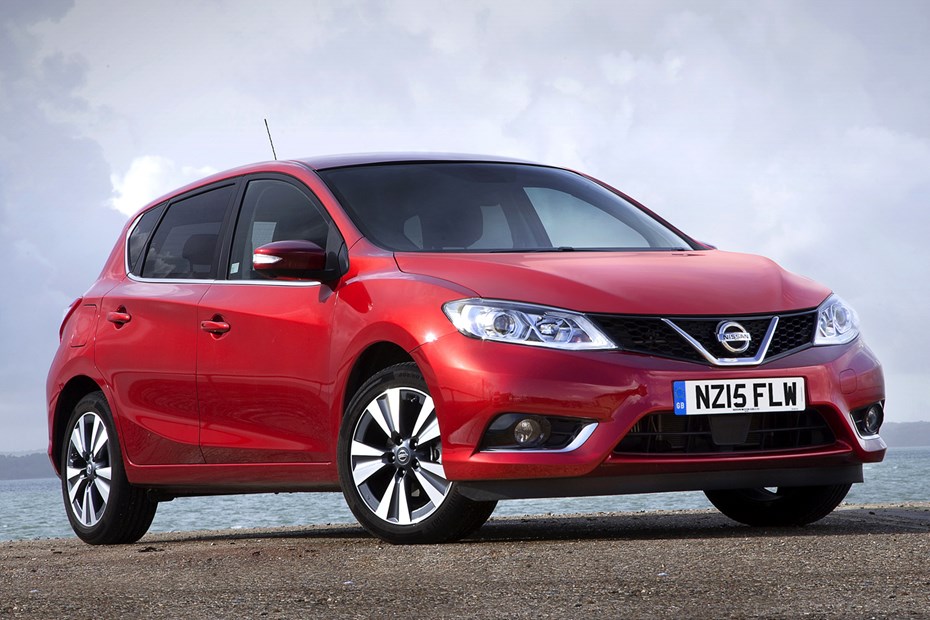
At a glance
| Price new | £12,995 - £20,835 |
|---|---|
| Used prices | £2,483 - £10,005 |
| Road tax cost | £0 - £190 |
| Insurance group | 9 - 18 |
Get an insurance quote with

|
|
| Fuel economy | Not tested to latest standards |
| Range | 476 - 789 miles |
| View full specs for a specific version | |
Available fuel types
Petrol
Diesel
Pros & cons
- Spacious interior
- Comfortable ride
- Easy to drive
- Technology-packed
- Lacks excitement
- Dull interior
- Strong rivals
Nissan Pulsar Hatchback (14-18) rivals
Overview
While the Nissan Pulsar name may be unfamiliar in the UK, this model heralds the Japanese brand’s return to the mid-size family hatchback class for the first time since the demise of the Almera back in 2006.
It’s Europe’s most competitively-fought market sector, with some very capable rivals; notably Volkswagen’s Golf and its relations from SEAT and Skoda, Peugeot’s latest 308 and Ford’s ubiquitous Focus.
Rather than challenge them for overall class honours in this segment, Nissan has instead chosen to maximise the Pulsar’s appeal to those seeking space, comfort and generous equipment levels.
Spacious interior
Not only is the Pulsar very clearly related to the Qashqai crossover, its tall stance gives it a hatchback-cum-people carrier look too. While some might consider it a little ungainly, there’s no doubting it liberates a significant amount of interior space. Nissan claims that the Pulsar isn’t just the roomiest car in this segment, but is also more spacious than many cars in the class above too.
This wealth of room is especially evident in the Pulsar’s rear, with extraordinary amounts of legroom and plenty of space for three adults in the back.
Boot volume hasn’t been sacrificed in the quest for passenger space though, with a useful 385 litres of luggage capacity. Naturally, this can be extended by folding the split rear seat although the load bay isn’t flat when you do.
Economical engine choice
From launch, the two engines on offer are familiar from other Nissan and Renault products: there’s a choice of a turbocharged 1.2-litre petrol DIG-T delivering 113bhp and a 1.5-litre diesel dCi producing 108bhp. Both motors have a six-speed manual gearbox as standard, with a seven-speed Xtronic CVT automatic optionally available on the petrol.
Those looking to keep running costs down are better served by the diesel: Nissan claims an average of 78.5mpg for the dCi motor and while that’s unlikely to be achieved in the real world, it bodes well. Low CO2 emissions of just 94g/km also appeal.
Compared to the claims for the manual gearboxed petrol – 56.5mpg and 117g/km, respectively – on paper the diesel is the one to have.
Within a year of the Pulsar’s launch a 187bhp petrol engine will join the range, although it remains to be seen whether Nissan sells this as a sporty version.
Four Pulsar grades are available, starting at Visia, rising through Acenta and N-Tec to the range-topping Tekna
Wealth of technology
As with other recent Nissans, the Pulsar is available with a host of on-board technology to bolster both safety and infotainment provision. All of the systems are straightforward to use and displayed either on the colour display between the main instruments or on the centre console touchscreen.
Will a spacious interior be enough to tempt family hatchback buyers into the showroom?



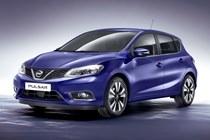
.jpg)
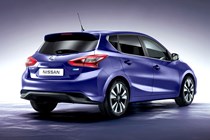
.jpg)
.jpg)
.jpg)
.jpg)
.jpg)
.jpg)
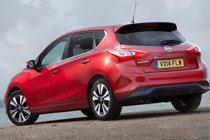
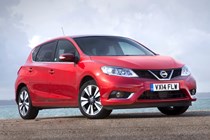
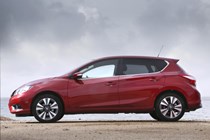
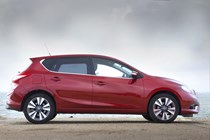
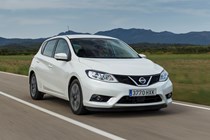
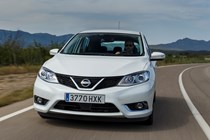
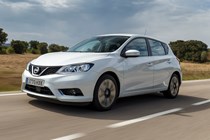
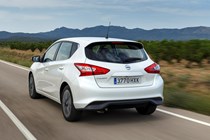
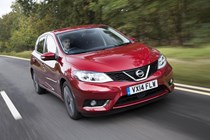

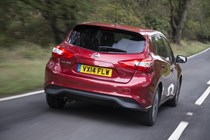

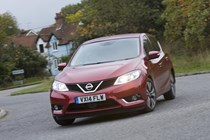

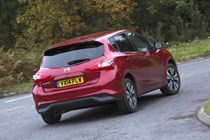
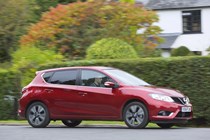

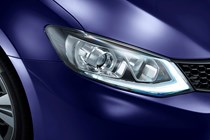
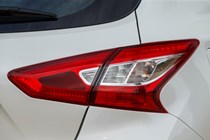
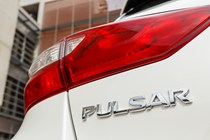
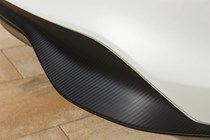
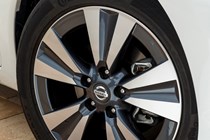
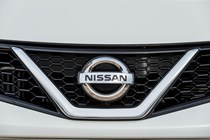
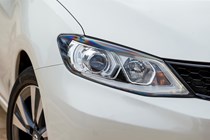
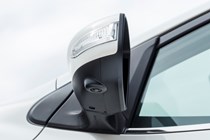
.jpg)
.jpg)
.jpg)
.jpg)
.jpg)
.jpg)
.jpg)
.jpg)
.jpg)
.jpg)
.jpg)
.jpg)
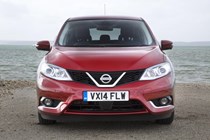
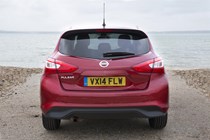
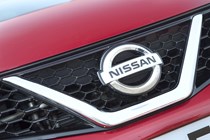
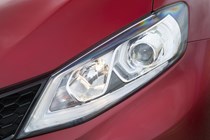
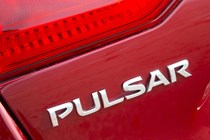
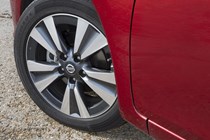
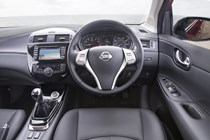
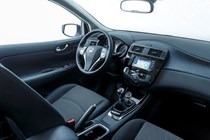
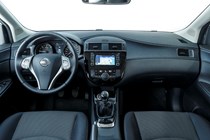
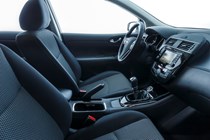
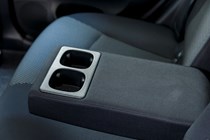
.jpg)
.jpg)
.jpg)
.jpg)
.jpg)
.jpg)
.jpg)
.jpg)
.jpg)
.jpg)
.jpg)
.jpg)
.jpg)
.jpg)
.jpg)
.jpg)
.jpg)
.jpg)
.jpg)
.jpg)
.jpg)
.jpg)
.jpg)
.jpg)

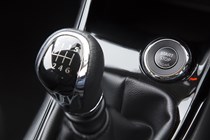
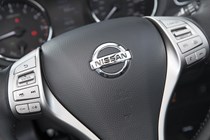
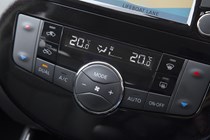

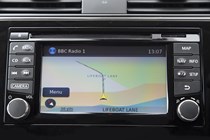
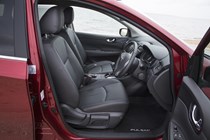

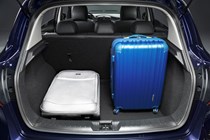
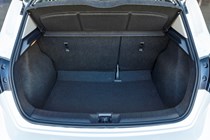
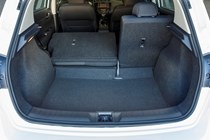
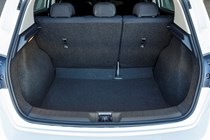
.jpg)
.jpg)
.jpg)
.jpg)
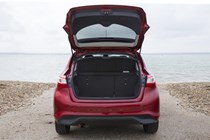
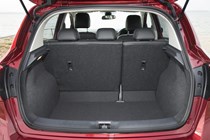
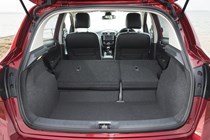
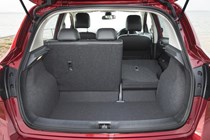
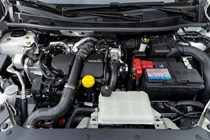

.jpg)
.jpg)
.jpg)
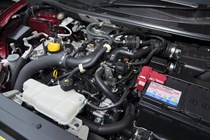
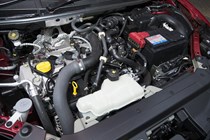
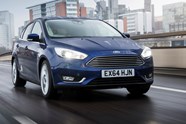
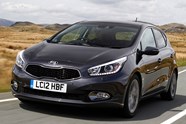



.jpg?quality=50)

.jpg?quality=50)
.jpg?quality=50)
.jpg?quality=50)
.jpg?quality=50)
.jpg?quality=50)
.jpg?quality=50)

























.jpg?quality=50)
.jpg?quality=50)
.jpg?quality=50)
.jpg?quality=50)
.jpg?quality=50)
.jpg?quality=50)
.jpg?quality=50)
.jpg?quality=50)
.jpg?quality=50)
.jpg?quality=50)
.jpg?quality=50)
.jpg?quality=50)











.jpg?quality=50)
.jpg?quality=50)
.jpg?quality=50)
.jpg?quality=50)
.jpg?quality=50)
.jpg?quality=50)
.jpg?quality=50)
.jpg?quality=50)
.jpg?quality=50)
.jpg?quality=50)
.jpg?quality=50)
.jpg?quality=50)
.jpg?quality=50)
.jpg?quality=50)
.jpg?quality=50)
.jpg?quality=50)
.jpg?quality=50)
.jpg?quality=50)
.jpg?quality=50)
.jpg?quality=50)
.jpg?quality=50)
.jpg?quality=50)
.jpg?quality=50)
.jpg?quality=50)












.jpg?quality=50)
.jpg?quality=50)
.jpg?quality=50)
.jpg?quality=50)






.jpg?quality=50)
.jpg?quality=50)
.jpg?quality=50)

